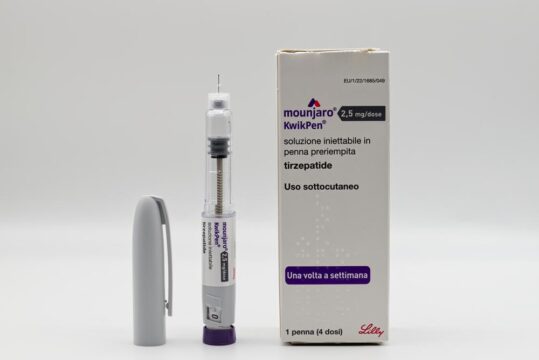Advertisment
Decreased influenza prevalence potentially associated with public health measures against COVID-19

A recent study provides preliminary evidence of the long-term relationship between prevention and control measures and influenza transmission in China during the COVID-19 pandemic, accounting for the impact under various prevention and control levels. This study, the first of its kind, was published in Health Data Science, a Science Partner Journal.
“Since December 2019, various nonpharmaceutical interventions (NPIs) and COVID-19 vaccination have been used to prevent and control the community transmission of COVID-19. However, the relationship between the changing influenza epidemic and COVID-19 prevention and control was unclear,” says Miss Zirui Guo at the Department of Epidemiology and Biostatistics, Peking University School of Public Health.
Caused by the influenza virus, influenza is an acute respiratory infectious disease that can impose a high burden and lead to severe seasonal epidemics or even pandemics. However, a marked decrease in influenza activity was registered in Japan and the United States, among other regions in the Northern Hemisphere, in early 2020. In addition, Australia, Chile, and other areas in the Southern Hemisphere shared this observation during their influenza season in 2020.
“The COVID-19 outbreak changed the epidemic trend and characteristics of influenza, according to our analysis.” shares Professor Min Liu, author of the article and scientist of the organization mentioned above.
A significant decrease in influenza activity in China was observed during the 2020-2022 COVID-19 pandemic, particularly in winter and spring. In addition, influenza seasonality was evident from 2010 to 2019 but absent during the 2020/2021 season across China, whether north or south.
Reduction of influenza viral infection might be related to everyday COVID-19 public health interventions in China, concluded the authors after analyzing the epidemiology and seasonal patterns of influenza based on the timeline of COVID-19 NPIs in place in China.
Respiratory diseases frequently occur in winter and spring when COVID-19 and influenza tend to circulate easily. Meanwhile, the resurgence of other respiratory viruses once suppressed under COVID-19 NPIs in 2020-2021 was recognized worldwide. Thus, the entire population has missed the opportunity for enhanced immunity against influenza after a prolonged low flu season during 2020-2022. As a result, high-risk populations, such as young children and elderly individuals, are more vulnerable to widespread and severe illness from influenza as time goes by.
To protect these vulnerable populations, besides increasing influenza vaccine coverage, efforts should be paid to strengthen influenza surveillance and establish a comprehensive surveillance system for influenza virus and SARS-CoV-2.
“Given the limitations in our analysis, further studies should be performed to confirm our results,” comments Professor Liu. “More indicators, such as influenza-positive rate and the number of influenza report cases, might supplement and verify our study. We will also consider using different prediction methods to validate our conclusions and make appropriate supplements in the future.”





